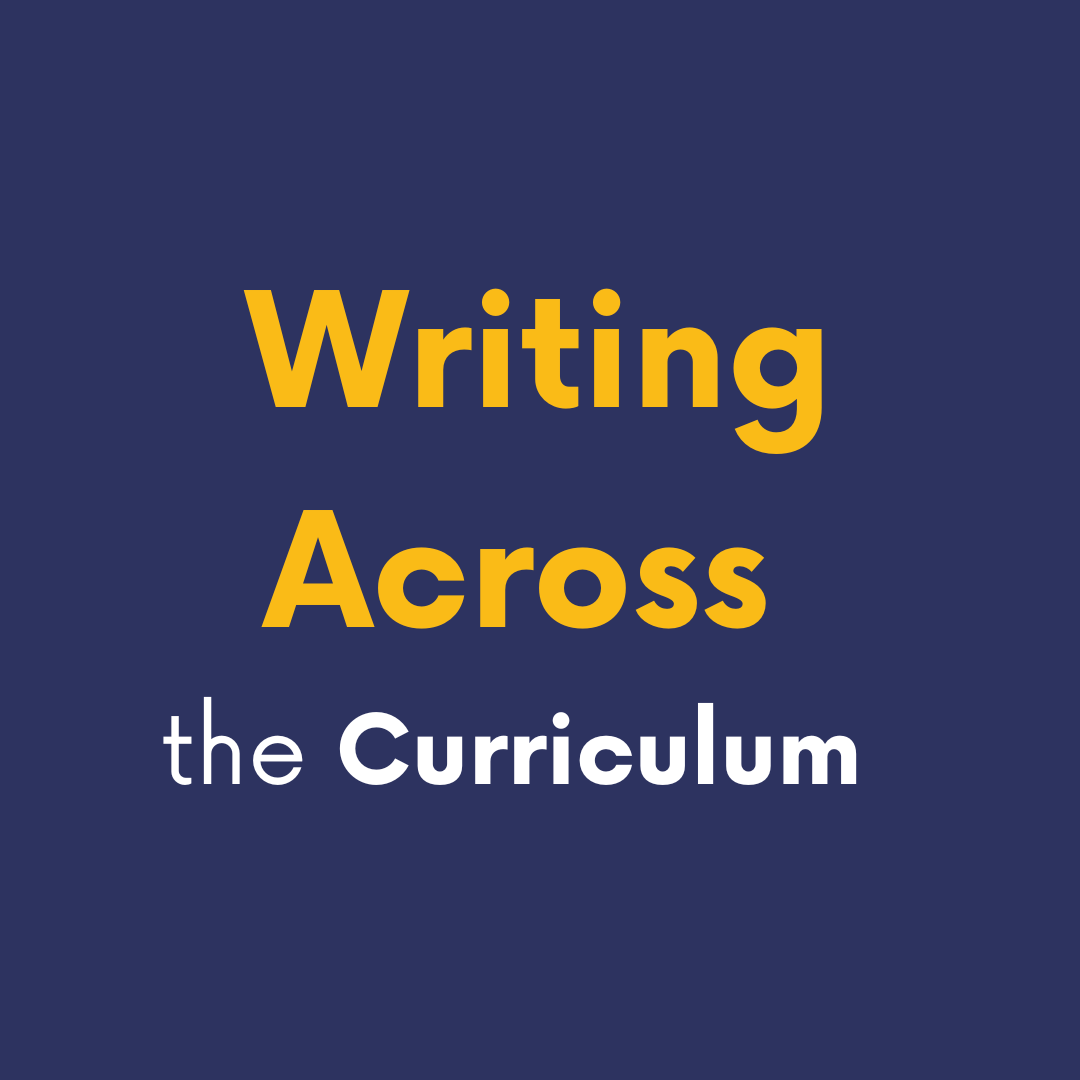The following assignment is for a Theatre History and Literature (Origins thru 1800s) class that serves exclusively theatre majors but could be suitable for any undergraduate literature class. This exercise serves the principles of Linguistic Justice as an approach that recognizes the legitimacy of multiple language practices and modes of communication, aiming to provide students with tools to navigate and communicate in different linguistic contexts. The goal with this assignment is to help students more deeply synthesize the content and central themes of the play and illustrate how it might still have relevance for any audience of their choice. This exercise should be introduced at least a few weeks into the course after students have had some experience analyzing and discussing play dramaturgy. This assignment gives students agency to choose their subject and their audience in order to communicate in a variety of voices and styles. This will enable them to imagine the play in different performance contexts and communicate their vision for an audience that resonates with their identity.
Jen-Scott Mobley, Theater & Dance
Why This Play Now? (And here?)
One of the reasons we continue to read some of the ancient plays we cover in this class is because there is something within them that transcends their original time and place (context). Arguably, all of these works have something to offer a range of contemporary audiences. For this assignment, you will get to know your chosen play in depth by reading the play (the primary document) and at least 3 additional sources which should include at least one scholarly article about the play itself and at least one review of the play in production from the 20th/21st century. You will then consider how you would make a production of the play relevant to an audience of your choice and choose a medium (infographic, TikTok, YouTube, PowerPoint) through which to “pitch” or “sell” your idea for a production to a particular audience.
In your pitch you should broadly explain what they play is about and when and where it originated as well explaining how you see it is relevant for your selected audience/theatre, and what aspect of the play you would emphasize to excite and engage your chosen audience.
In addition to demonstrating knowledge of your chosen play, you will need to be clear on what audience you want to “pitch” it to (new context) and what mode and linguistic style will most appeal to your audience.
- For example, you might aim to create a TikTok that sells your version of ANTIGONE to a high school audience from your hometown.
- You might create an infographic that pitches MEDEA to a particular theatre such as the Classical Theatre of Harlem in NYC or Burning Coal Theatre in Raleigh, NC
- You might create a Youtube or an audio clip such (a mini-podcast?) that highlights how relevant Molière’s TARTUFFE is as we enter the 2024 election season.
- Compose a song or a commercial jingle to convince your local church to produce a postmodern production of EVERYMAN for their community.
In addition to presenting your pitch, you will hand in an annotated bibliography with 3 or more sources on the day you share with the class.
You will complete a self-reflection form discussing your process within 24 hours of presenting.
